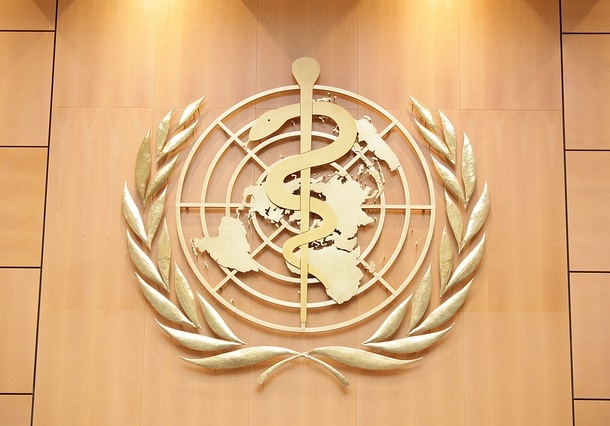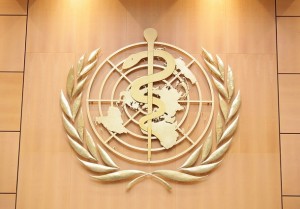AIDS deaths increase by 50% amongst 10-19-year-olds


The World Health Organisation report reveals that there has been a 50% increase in AIDS-related adolescent deaths between 2005 and 2012. Photo: US Mission Geneva
The number of young people dying from AIDS has risen by 50%, according to a report released by World Health Organisation (WHO) on Monday.
The report revealed that more than two million adolescents between the ages of ten and 19 are living with HIV, which is a staggering 33% rise since 2001.
WHO said: “Failure to receive adequate care and support and proper adolescent-focused programmes has resulted in a 50% increase in AIDS related deaths amongst 10-19 years old from 2005 to 2012.”
Figures show that in 2005, 70,000 young people died of AIDS. Seven years later the figure was 104,000. The year 2005 marked the high point of global AIDS deaths, with a toll of 2.3 million.
Commenting on the rising number of AIDS related deaths, Gottfried Hirnschall, head of the WHO’s HIV/AIDS Department, said: “Adolescents face difficult and often confusing emotional and social pressures as they grow from children into adults. They need health services and support, tailored to their needs and require more support than adults to help them maintain care and to stick to treatment.”
The report confirms Sub-Saharan Africa as the world’s most AIDS-affected region.
Craig McClure, head of HIV programs at UNICEF, said: “Adolescent girls, young men who have sex with men, those who inject drugs or are subject to sexual coercion and abuse are at the highest risk.”
Explaining the reasons for high HIV levels amongst adolescents, McClure said: “About one-seventh of all new HIV infections occur during adolescence as young people face many barriers, including harsh laws, inequalities, stigma and discrimination which prevent them from accessing services that could test, prevent and treat HIV. Unless these barriers are removed the dream of an AIDS-free generation will never be realised.”
Data collected also showed that only 10% of young men and 15% of young women between ages of 15 and 24 were aware of their HIV status in Sub-Saharan Africa.
Ahead of World AIDS Day on December 1st, WHO has also released its first adolescent-specific guidelines that include an end to the requirement for parental permission to have an HIV test.
Aastha Gill

























Facebook
Twitter
Instagram
YouTube
RSS